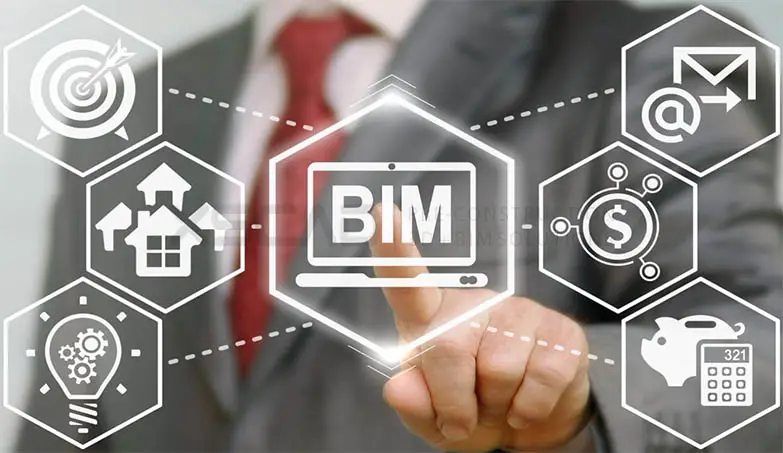Our Articles

How Open BIM Facilitates Collaborative Design
Due to its multifaceted benefits, building information modelling (BIM) is rapidly gaining traction in the AEC industry as the key pre-construction planning, construction management and post-construction facilities management tool. Building information modeling (BIM) is a process supported by various tools and technologies. Files used in the BIM process may be in proprietary formats and contain proprietary data that can be extracted, exchanged or networked to support decision-making. This information can be shared either through open BIM or closed BIM formats. Whilst many firms have transitioned to this ‘intelligent’ model-based process using reliable BIM service providers, the ‘real’ potential of BIM can only be achieved by open exchange of design and non-design project information amongst key project stakeholders: architects, structural engineers, MEP design consultants, MEP engineers, and other trade subcontractors.
A common challenge faced by mid-sized to large projects is that not all project participants use the same BIM application. This is where the concept of closed BIM and open BIM comes into play. These two approaches are fundamentally different ways of looking at 3D BIM modelling.
Closed BIM, also known as ‘lonely BIM’, is a BIM environment wherein the same version of a BIM application is used by all key project stakeholders. This approach may also include different trades using the BIM-compatible applications from the same vendor. As a case in point:
Although no file conversion is required in the closed BIM approach, the process is restrictive in the sense that it only allows project participants well-versed with certain BIM tools to collaborate, thereby not allowing ‘true’ integration.
On the other hand, open BIM is a workflow wherein all participants can collaborate and exchange project information with each other using non-proprietary, neutral file formats irrespective of the BIM tools and applications they use. The information exchanged is not only limited to the BIM model’s geometric data but also includes other parametric data, such as specifications, quantity take-offs, material procurement, cost estimation, and construction phasing. Most common open BIM protocols currently in use include Industry Foundation Classes (IFC) and Construction Operations Building Information Exchange (COBie).
Open BIM is a format where each project member can access the model without interfering with the design. Open BIM facilitates design collaboration, while project stakeholders use open standards, such as IFC, BCF, etc. For example, a PDF document may be viewed, and suggestions and comments can be added, but the original text may not be modified. Using Word documents, it is easy to change the text. Open BIM supports transparent, open workflow, allowing project members to participate in it regardless of software tools they use, empowering all project stakeholders to participate in the design workflow.
How does this format work?
Why is open BIM important?
Why opt for the open BIM format?
Fast and Easy
Different processes in the same project may require different industry-specific software. It may not be possible for a single vendor to offer the best solution for all requirements in the same project. Using the Open BIM format enables the use of all relevant software in the same environment rather than replace it with another tool, and software tools can be chosen for their ease of function rather than their origin.
Competition
Software vendors can improve performance, scope and applications in an Open BIM format, pushing for competitive advantages.
Collaboration
Several stakeholders using different software tools can exchange data with others, making communication and collaboration clear, accurate and fast.
This ultimately leads to workflow-level collaboration amongst key project members which is the essence of BIM compared to the conventional 2D CAD workflows. Those firms who find it challenging to transition to the open BIM format may seek bim outsourcing services (an offshore partners). Reliable and experienced offshore partners can deliver high-quality 3D CAD drafting services and BIM coordination services in a timely and cost-effective manner, freeing up valuable time for other industry-specific tasks. Easy collaborative design then becomes the new normal for previously struggling firms.
At XS CAD, we have an extensive know-how of both open BIM and closed BIM methodologies due to the fact that we have several years’ experience as BIM services providers, delivering 3D BIM modelling and 3D BIM coordination services to architects, MEP engineers, and contractors in the US, the UK, Canada, Australia, and India. To find out more about how your project can benefit from our BIM modelling services, contact us.

